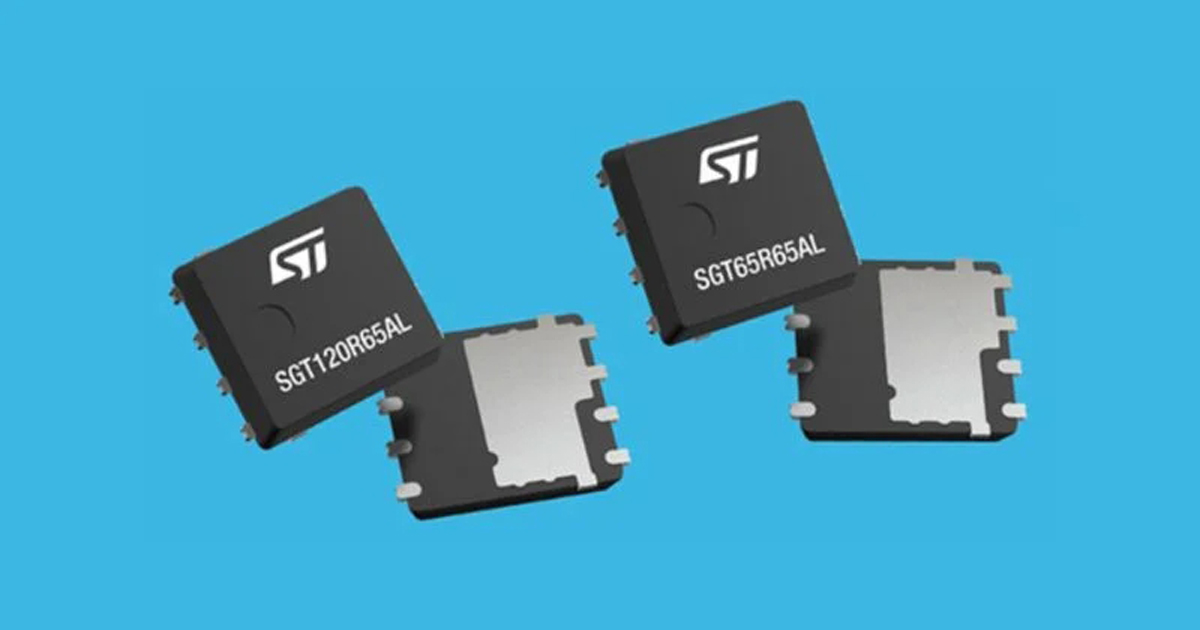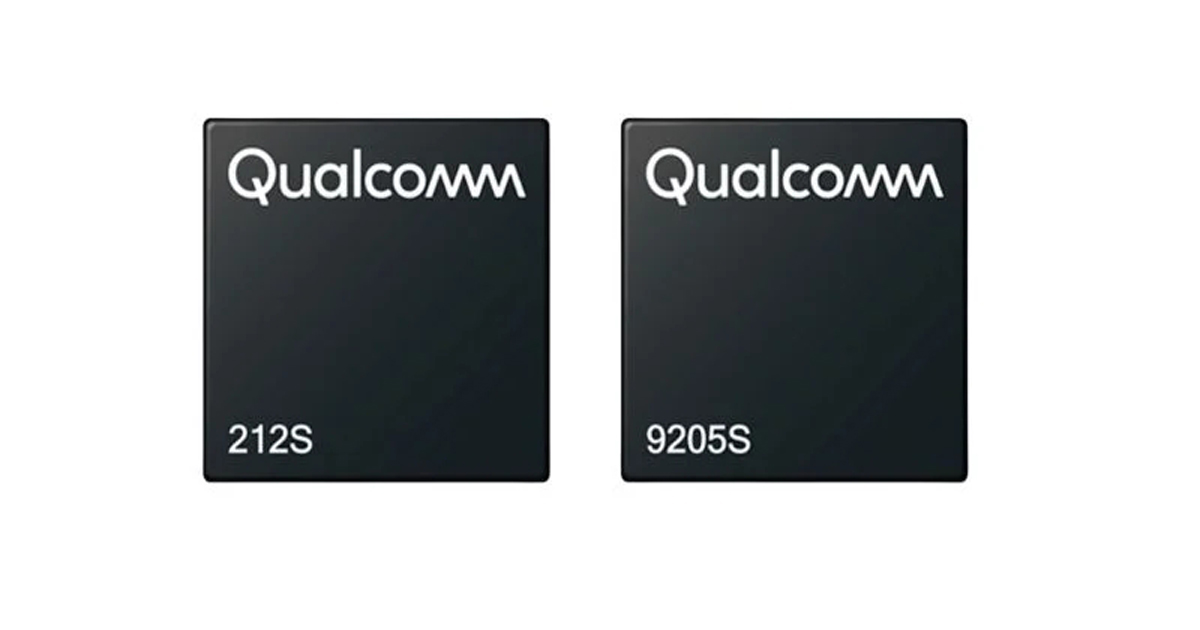Nordic Packs Multiple Functions in New PMIC for Low-power Designs
The latest IC from Nordic Semiconductor enables more efficient power management with less space and no code.
Nordic Semiconductor has released its latest power-management IC (PMIC) packed with features to accelerate the wireless design process. This new chip, the nPM1300, comes out of the box with hardware and software support to allow designers to rapidly evaluate, develop, and test their power management schemes for next-gen BLE applications..jpg)
Nordic describes the nPM1300 as an all-in-one solution for power management, reducing the development timeline and allowing more innovation with less design cost.
As wireless designs move toward smaller sizes and lower power, power management must make comparable advancements. Seeing the need for improved size and power efficiency, Nordic has combined functionality that would normally require several chips into a single small, efficient, and easy-to-use package.
In addition to its small footprint, the nPM1300 was also designed to speed up both hardware and software development. To explain all the features that the latest PMIC has to offer, this article delves into the hardware and software behind the nPM1300 that may make it a versatile and useful chip for designers.
"All-in-One" Power Management
The nPM1300 offers multiple functionalities in a small package, making it a potentially valuable tool for engineers who may have previously relied on several discrete components for power management. With two 200 mA buck converters, two 100 mA load switches, and two 50 mA LDOs, this chip is said to provide effective power management for next-gen BLE applications.
In addition, the integrated battery charger supports single-cell Lithium-ion, Lithium-polymer, and LiFePO4 batteries with linear charging up to 800 mA and programmable termination voltage. Thermal regulation and fuel gauging are handled on-chip, further simplifying the qualification process for battery-powered devices..jpg)
The nPM1300 block diagram highlights the number of features included in the device, allowing engineers to shrink designs.
The nPM1300 is programmable via an I2C-compatible interface and includes GPIO and LED driver pins. Nordic has identified low-power BLE applications as a primary use case for the new PMIC. The PMIC might also be paired with Nordic's relatively-new nRF54H20 wireless SoCs as an effective power management combination.
Codeless Software Development
In addition to the PMIC, Nordic has also released an evaluation kit for the nPM1300 to give designers a chance to evaluate its performance in specific applications. The kit comes with integrated peripherals to test GPIO and LED driver performance and JST connectors and male pinouts for access to all nPM1300 connections.
.jpg)
The nPM1300 evaluation kit allows designers to rapidly prototype and evaluate the chip's capabilities. They can also use a codeless approach to programming the chip.
With this kit, designers can take a new approach to developing the firmware to drive the nPM1300. Using the nPM PowerUP desktop app (available on Windows, Linux, and Mac), designers can leverage an intuitive GUI to program the evaluation kit to their specific needs. The code can then be exported from the app to be implemented in the target application, requiring no coding from designers. This kit will ultimately allow designers to incorporate the nPM1300 in their latest designs faster, providing an improved time-to-market and a quicker development cycle.
Power Management in Space-constrained Designs
With the proliferation of the IoT and distributed wireless networks, manufacturers are integrating a greater number of small sensors and communications nodes—all while shrinking wireless systems. Built to meet such requirements, the nPM1300 may provide efficient power management in designs where space comes at a premium.
More intense power management applications may reveal the limits of the nPM1300 and its supporting software. Specifically, at what point can better performance be achieved with manual text-based coding versus GUI-based programming (since that is a primary benefit of the PMIC)?
Regardless of whether or not the nPM1300 is the right solution for all designers, it may be a step in the right direction for smaller and more efficient wireless devices, making it a tool worth considering for integrating more sensors and communications devices.



